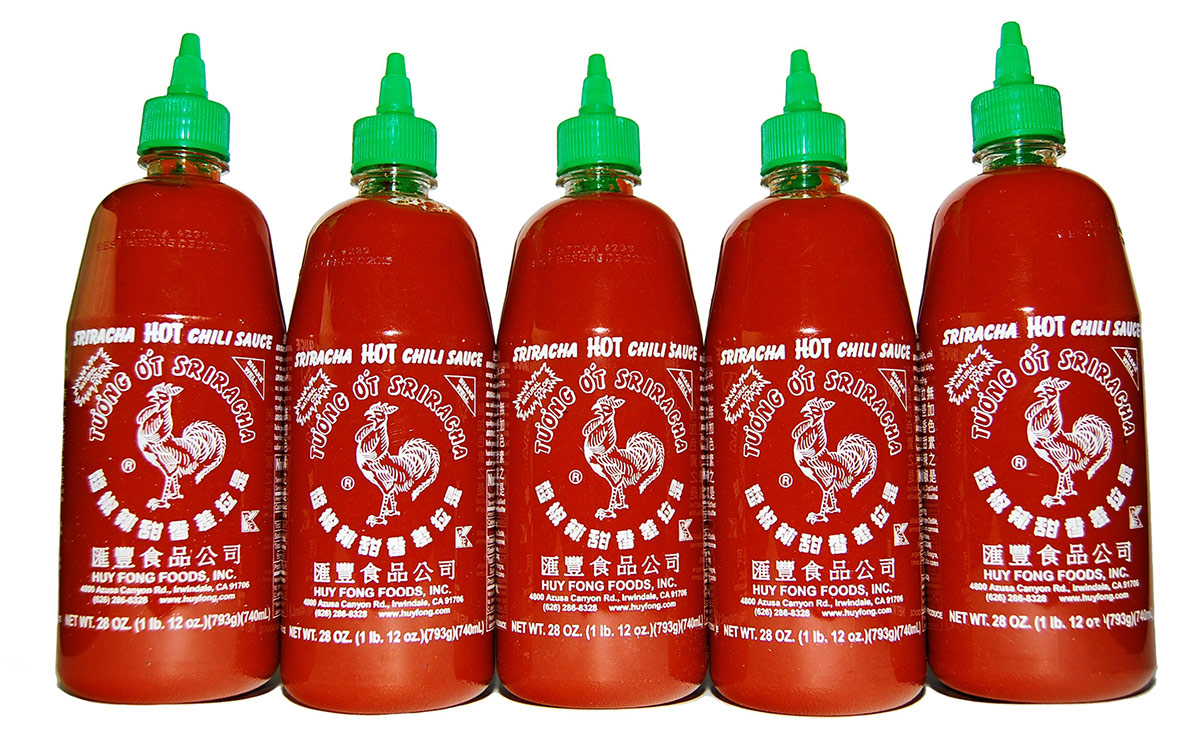Tag: Food
How To Of The Day: How To Use A Ketchup Cup Properly
So apparently, you’ve been using Ketchup cups wrong your whole life!
Apparently, we — a collective of food-eating-ketchup-using hooligans — have been consuming ketchup all wrong.
If you’ve ever poured ketchup into those tiny paper cup containers and brought them back to your table for fry dunking and burger smearing, you might be a victim of ketchup ignorance as well.
Did you know that these ketchup containers are built to fan out, and are made to allow for more dunk square-footage?
What Causes Garlic Breath?
This video explains why you get garlic breath, and how to get rid of it.
Enjoy!
Garlic is good for your body, great for your taste buds, but terrible for your breath. This episode looks at the plant beloved by chefs and feared by vampires. Once again we teamed up with the Compound Interest blog to break down the chemistry of garlic, and how to beat the bad breath it causes.
There are four main volatile organic compounds that contribute to garlic breath. None of them are actually present until garlic is crushed or chopped. These compounds also contain sulfur, which can penetrate bacteria cell membranes, making garlic an antibacterial assassin.
Cooking Frozen Steaks
Conventional wisdom holds that frozen steaks should be thawed before cooking, but what if steaks can be cooked straight from the freezer.
Enjoy!
Perhaps you’ve been taught to take your steaks out of the freezer and let them thaw overnight in the fridge before cooking. This is wrong, according to Cook’s Illustrated Senior Editor Dan Souza. In a side-by-side experiment for America’s Test Kitchen, Souza finds that frozen meat takes a bit longer to cook than the thawed variety. But, the quality of the finished product is so much better. In the video below, Souza demonstrates how to properly freeze the meat and later prepare it straight from the freezer. It’s not the same as cooking with fresh beef, mind you, but it’s quite possiby the next best thing.
The Origin Of The Rooster On The Sriracha Bottle
The rooster was originally drawn for Huy Fong Foods founder David Tran by an unknown street artist in Vietnam back in the 1970s. Tran later had the rooster updated by a Chinatown artist in California in the 1980s. Tran originally chose the rooster because it is his Chinese zodiac symbol.
With the booming Sriracha cultural obsession, the rooster is now a tongue-in-cheek enhancement for dozens of everyday items like water bottles, iphone cases and cycling socks.
The genesis of this iconic image took place back in the ‘70s, on the streets of a war-ridden Vietnam. David Tran, Vietnam native and founder of Huy Fong Foods, stumbled upon a street artist. Tran asked for a drawing of a rooster, and the rest was history.
“We don’t have a connection,” Tran tells Modern Farmer, speaking of this artist whose name he never bothered to ask. “And even me, I don’t remember who he is.”
When Tran began making his original chili pepper sauce, pepper sate, a tiny version of the sketch was used to label the caps of his bottles. Then in April of 1975, with Vietnam in shambles, Tran fled for Hong Kong, then to Boston and finally to Los Angeles, with dreams of expanding his business.
Of course, he carried this sketch of the rooster with him all along the way. Some time after arriving to the states, he commissioned a Chinatown artist to re-draw the original bird – he wanted a larger and sharper image of the rooster for his bottles, which he started manufacturing in California in 1980.
His choice of a rooster wasn’t simply a matter of preference. The rooster is Tran’s Chinese Zodiac symbol – a 12-month astrological chart that aligns an animal with each year and assigns traits based on them.
“The strengths [of those born in the year of the rooster] is that they’re deep thinkers and they’re honest, bright and communicative. They’re capable and warm-hearted with strong self-respect; they seldom rely on others,” says Donna Lam, operations manager and a 28-year employee of Huy Fong Foods. “That’s all totally David.”
The rooster is also a symbol of strength, Tran adds. Roosters are often used in Vietnam to fight against each other. Even when they’re struggling to stay alive, they’ll still keep fighting.
“I’ve had a tough life from being a refugee in Vietnam,” he says, “so I’m trying to show that I’m strong – you know, I persevere.”
Sadly, some time after arriving in the States, his original rooster sketch was lost.
“I don’t keep anything,” says Tran, “I never thought that I’d be successful so I didn’t keep any of my souvenirs – I don’t even have a picture.”
Though perhaps keeping the original picture may not matter that much. Today, “rooster sauce” is the most common nickname for his Sriracha.
“I was the rooster when I came to Irwindale,” says Tran. “I was strong, resilient, and persistent. I stood for what I believed in.”




